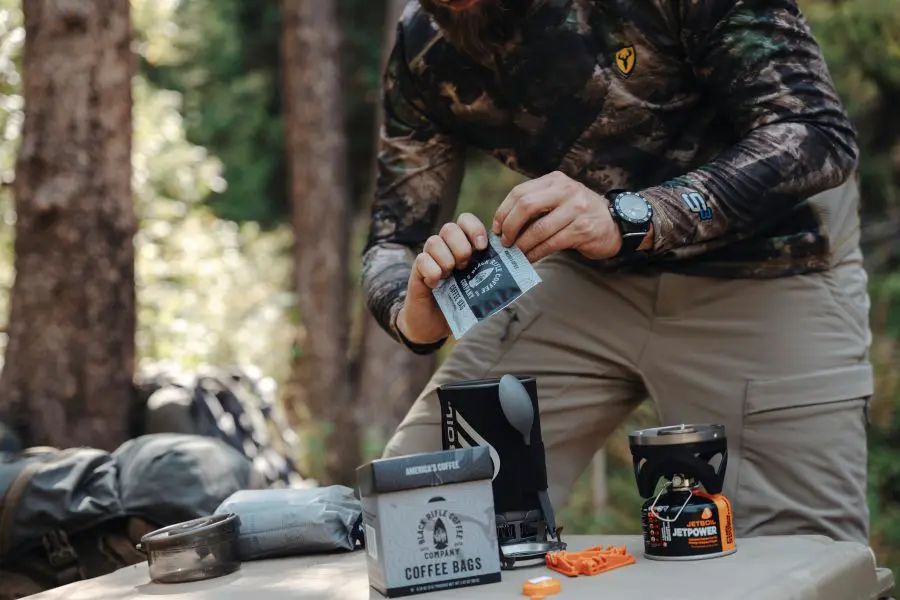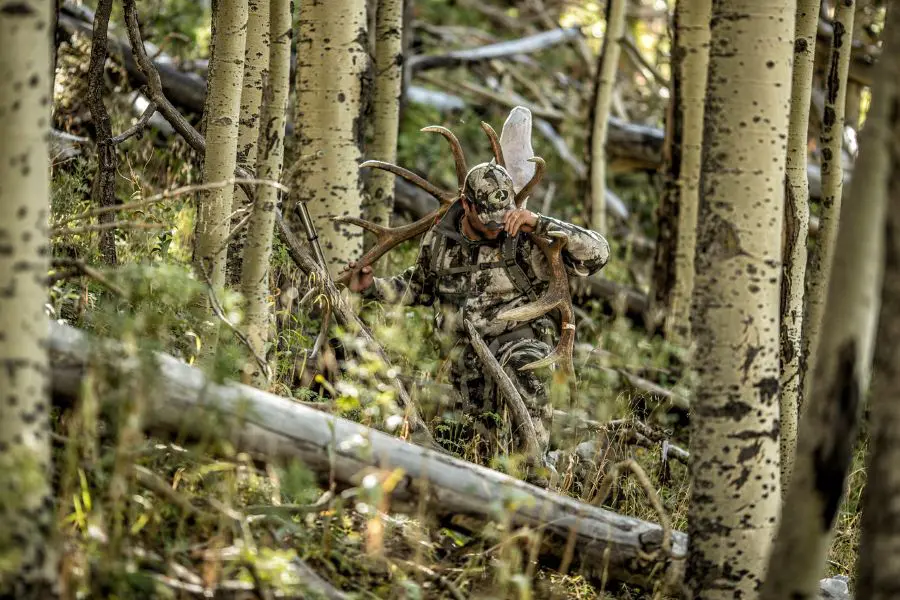For many hunters, pursuing elk is the ultimate Western adventure. The bugle of a bull echoing through a mountain valley in September is something that stays etched in the memory forever. Yet, planning a do-it-yourself (DIY) elk hunt can feel overwhelming, especially for those traveling from out of state. Unlike guided hunts, a DIY trip requires extensive preparation, physical conditioning, and the right mindset to turn opportunity into success.
If you’re ready to take on the challenge, here are ten proven tips to help make your DIY elk hunt more rewarding.
Start With Research
The first step to success in elk hunting is understanding the population, terrain, and regulations of the state you plan to hunt. A few years ago, a good friend of mine loaded his truck with gear and headed west, this time bringing his wife along to enjoy the scenery while he pursued a mature bull. Since he was returning to the same public ground he had hunted for seven straight years, he didn’t scout or prepare as thoroughly as in the past. When they arrived in the Colorado mountains, however, his confidence quickly faded. The once-thriving timber was now a tangled mess of fallen trees, the result of insect infestation and wildfires that had devastated hundreds of acres of forest. What had been his reliable “honey hole” was now nearly unhuntable. That trip was a brutal reminder: no matter how familiar you are with a piece of ground, conditions can change overnight. Scouting several weeks ahead of season is critical if you want your plan and your hunt to hold up when it matters most.
Beyond scouting for damaged terrain or insect-killed timber, as my friend encountered, it’s equally important to study harvest reports, review draw odds, and examine success rates. Every Western state has its own licensing process, deadlines, and tag allocations, so take the time to understand the system and focus on the areas where your chances are strongest.
Apply Early and Know the Draw
Many elk tags are distributed through lotteries. Apply well in advance and have backup plans in case your first-choice unit doesn’t pan out. Over-the-counter (OTC) tags are also available in some states, but these units often see higher hunting pressure. Unfortunately, out-of-state licenses and over-the-counter tags are becoming scarcer and harder for hunters to purchase, especially for first-time hunters.
Condition Like an Athlete
Elk country is unforgiving. Steep climbs, high elevations, and grueling pack outs push hunters to their limits. A co-worker once told me about one of his toughest hunts in the Rocky Mountains with three close friends. “I felt like a pack mule,” he said. Over four days, he helped haul out three elk, one of which required a late-night pack out after a full day of hunting on his own. He still calls it some of the hardest work he’s ever done. His takeaway was simple: “Next time, I’ve got to be in better shape.”
If you’re planning a DIY elk hunt, start conditioning months before the season. Focus on cardio, core strength, and hiking with weight on your back. The better shape you’re in, the more country you can cover and the greater your odds of finding elk. And remember, if you don’t have a crew of buddies to share the load, being physically prepared may be the difference between success and leaving your hard-earned bull in the backcountry.

Dial In Your Gear
DIY hunts require self-reliance. Lightweight boots, a quality pack, layered clothing, and optics are essential. Don’t overlook navigation tools such as a GPS, a map, and a compass, as cell service is often unreliable in the backcountry. Choose gear that balances comfort, durability, and packability. Also, while getting in shape for your hunt, it’s a good idea to train with the same backpack or gear you will be hunting with to ensure you’re fully prepared.
Scout From Afar
For many hunters, a western elk hunt requires several hours of driving, which eliminates the convenience of scouting multiple times before the hunt. If you can’t make multiple scouting trips, utilize technology. Digital maps, satellite images, and online hunting forums can assist in locating elk habitat, water sources, and access points. Once in the field, spend your first day glassing and listening for bugles to identify elk movement. Then, spend the following days hunting.
Hunt Smart, Not Just Hard
Covering miles is important, but being strategic is even better. Elk follow predictable routines between bedding, feeding, and watering. Focus on transition areas and use wind direction to your advantage. Sometimes, sitting on a high ridge at first light can reveal more than hiking a large number of miles. When scouting, don’t rush during the first days of your hunt; be smart and capitalize by being well prepared.
Learn Elk Language
Calling is one of the most exciting parts of elk hunting. Learn to use both cow calls and bugles effectively. Practice so your calls sound realistic and understand when to be aggressive or subtle. Luckily, in today’s world, thousands of how-to videos are just a click away on the internet. Watch videos to learn how to use your elk calls, understand elk communication sounds, and recognize changes during the rut, because timing is vital.
Adapt to Hunting Pressure
In public areas, especially in over-the-counter units, elk often retreat into overlooked areas when pressured. Be willing to hike farther from trailheads, glass steep terrain, or hunt mid-day when other hunters are back at camp. Flexibility can separate filled tags from empty ones.
Plan for the Pack-Out
Many first-time elk hunters overlook the challenge of hauling 200–300 pounds of meat off the mountain. Bring game bags, a sturdy pack frame, and recruit hunting partners if possible. A solid pack-out plan helps keep your meat clean and cool. As part of your prep, load your backpack with weights and practice carrying a heavy load.
Embrace the Challenge
DIY elk hunting can be challenging. You might experience days without any encounters, encounter unpredictable weather, and face exhausting hikes. Stay positive and remember that just being in elk country is an accomplishment. Success isn’t only about filling your tag, but also about the adventure, lessons, and memories you gain along the way.
A DIY elk hunt is one of the most challenging yet rewarding experiences in the hunting world. By preparing physically, mentally, and logistically, you’ll improve your chances of success. More importantly, you’ll craft a hunting story that’s uniquely yours, earned through hard work, perseverance, and a love for wild places.


